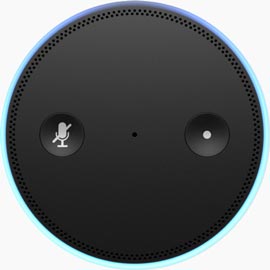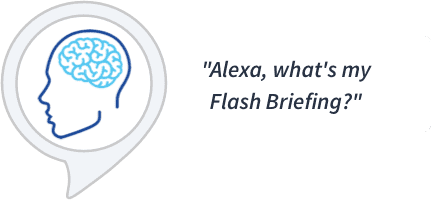
#38 - Returning Patients to Everyday Activities
The standards for concussion rehabilitation and treatment have changed over the years. Previously, cocoon therapy, where patients were isolated in a dark room for extended periods of time, was the most recommended form of recovery. Now, there is research and new concussion treatment guidelines provided by the CDC, that emphasize the importance of a gradual return to life as soon as possible.
Gradual return to activity is best done with the healthcare provider serving as a guide throughout this journey. You will help your patients manage their symptoms while motivating them to know what they can work through and when they should ease off. The main objective is to avoid isolation so patients have an easier time getting back to life and their routines.
Returning to cognitive activity
Releasing a patient to cognitive activity isn’t something thought of right away. For athletic trainers, the focus has typically been on getting athletes back into sport. But all patients, no matter if they are student-athletes or work in an office, need to have a certain cognitive ability to learn, check emails, make calls, and get through the day.
Patients with a concussion can’t participate at full capacity since every cognitive ability they have — attention, memory, focus — are affected. While this is true, maintaining a regular schedule throughout rehab is important. As soon as a patient is ready, plan to integrate them back into their routine even if that means half days to start.
Returning to learn
Many schools do not have the resources to establish a return to learn or activity protocol. In these instances, the healthcare provider will be the point person to help patients navigate their lives as they return to normal.
Start by recommending changes patients can make to their surroundings to support their symptoms. Here are a few examples:
- Using earplugs to soften noise
- Wearing a hat or sunglasses to shade light from their eyes
- Communicating with their teacher or employer if they are feeling tired, overwhelmed, or need to take more breaks
- Closing their eyes to focus on auditory skills and limit visual distractions
- Asking for more time for tests
All of these adjustments may seem minimal but they can have a huge impact in supporting children with concussions, as well as adolescents, or adults returning to work. The goal is to encourage patients to get back to their routines instead of staying at home until they are 100% symptom-free. Stay tuned for flash briefings about returning patients to physical activity and return to play protocol.
OTHER FLASH BRIEFINGS YOU MIGHT FIND HELPFUL:

